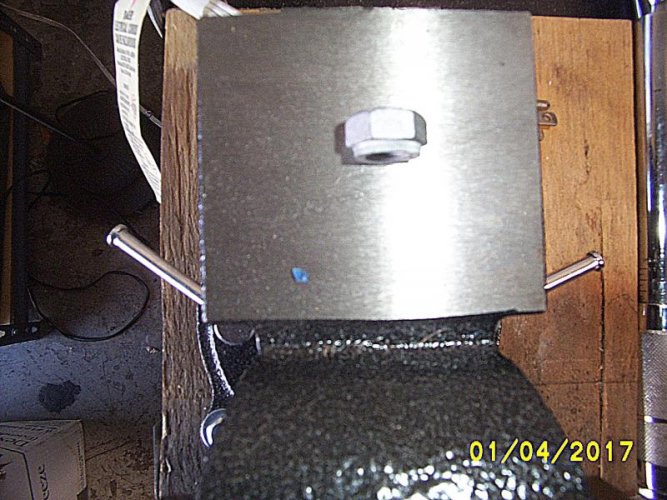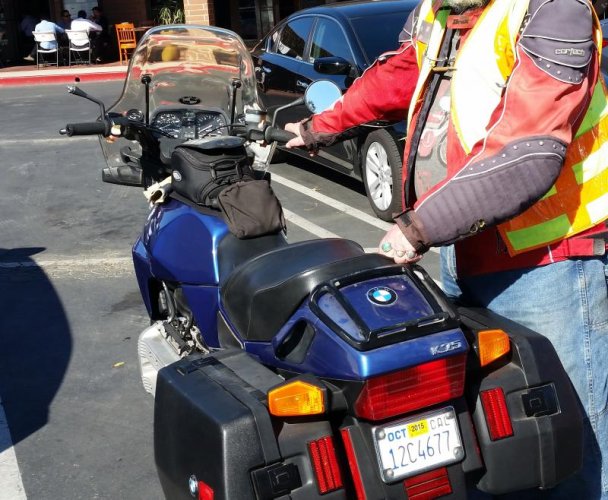I'm a bit embarrassed to have to ask this but here goes.
I'm replacing the front brake rotors. The new nuts have a knurled side that is a smaller diameter than the non-knurled side. Which side rests against the washer and why is one side knurled?
Pic attached. Not very sharp but you should get the idea. The knurl is on the bottom in the shown pic.
Thanks in advance,
Pete
I'm replacing the front brake rotors. The new nuts have a knurled side that is a smaller diameter than the non-knurled side. Which side rests against the washer and why is one side knurled?
Pic attached. Not very sharp but you should get the idea. The knurl is on the bottom in the shown pic.
Thanks in advance,
Pete




